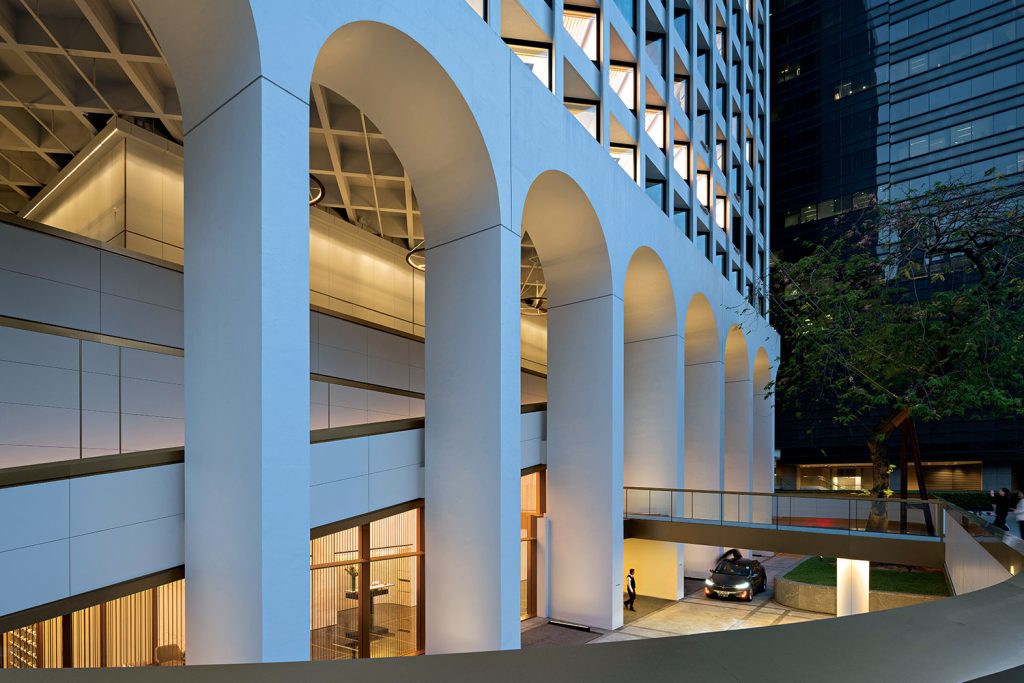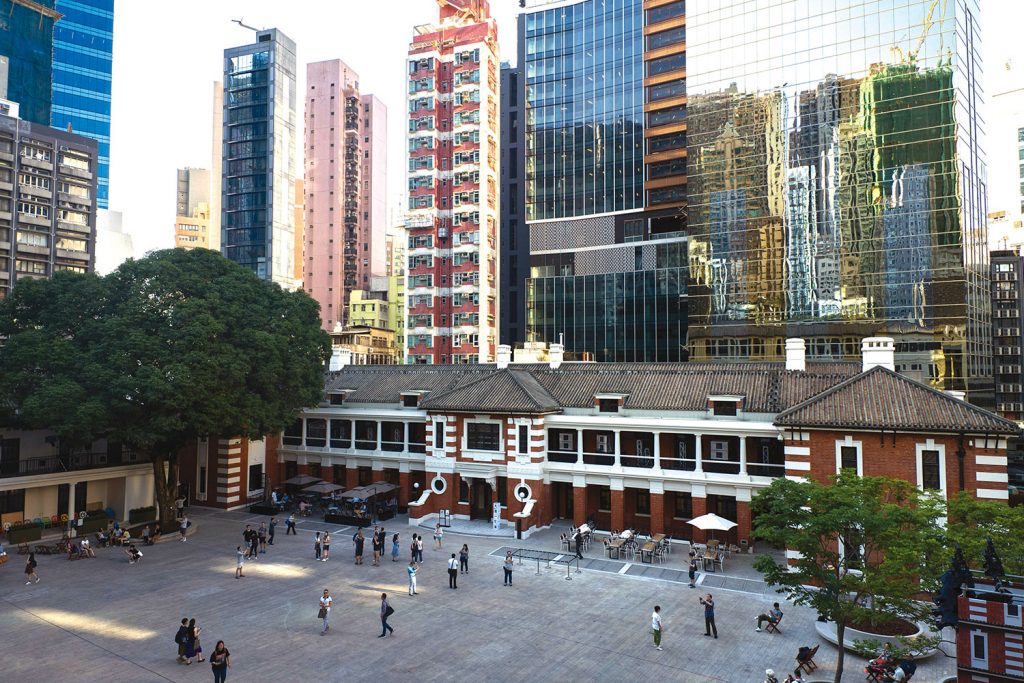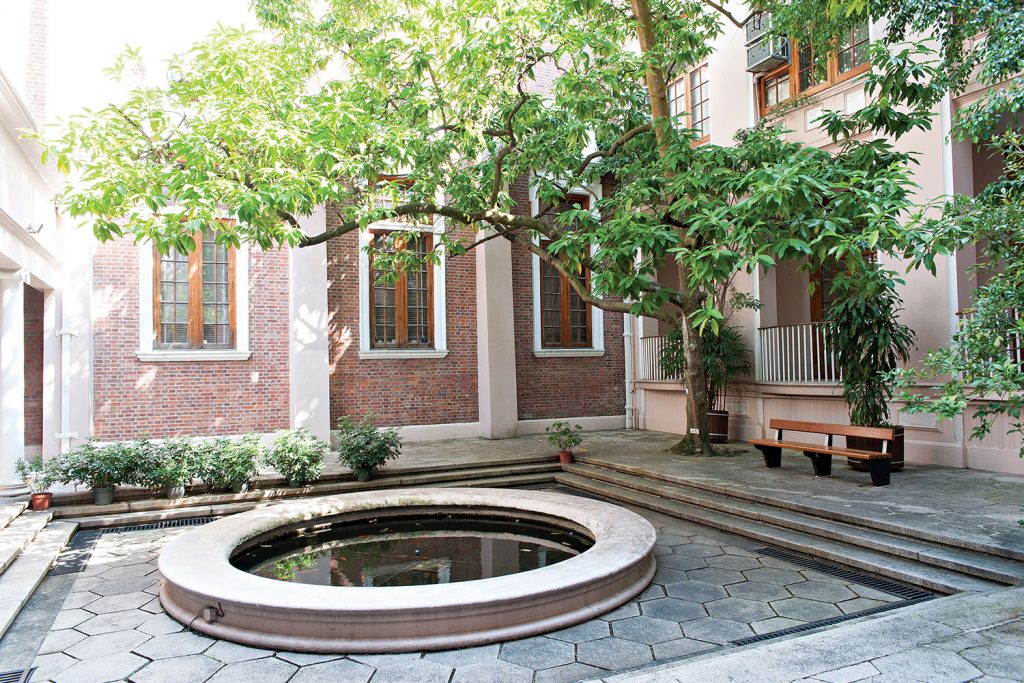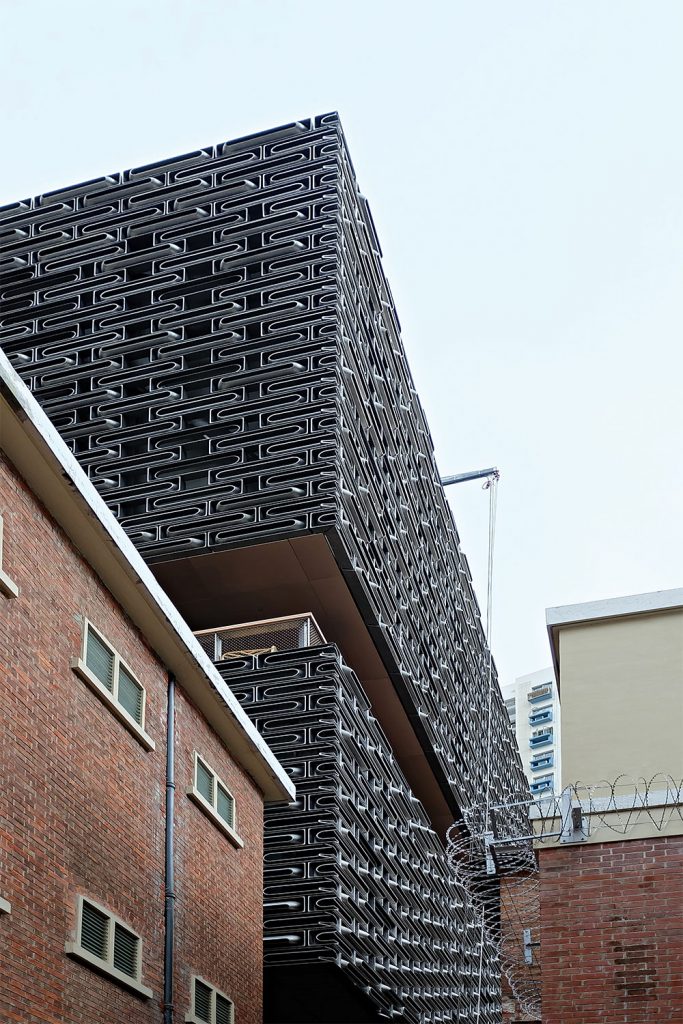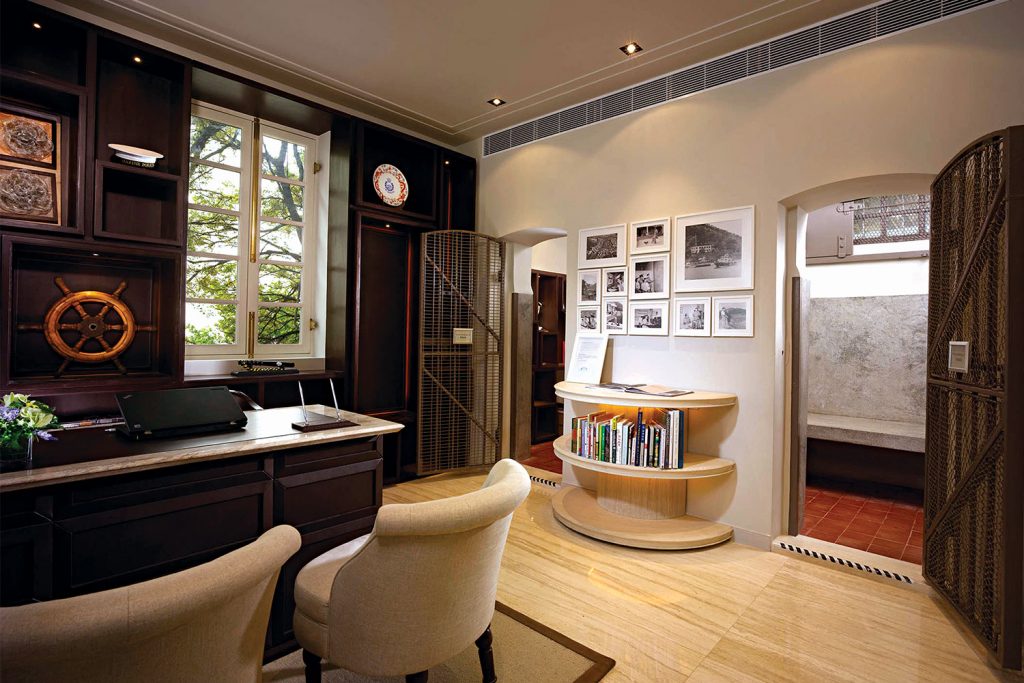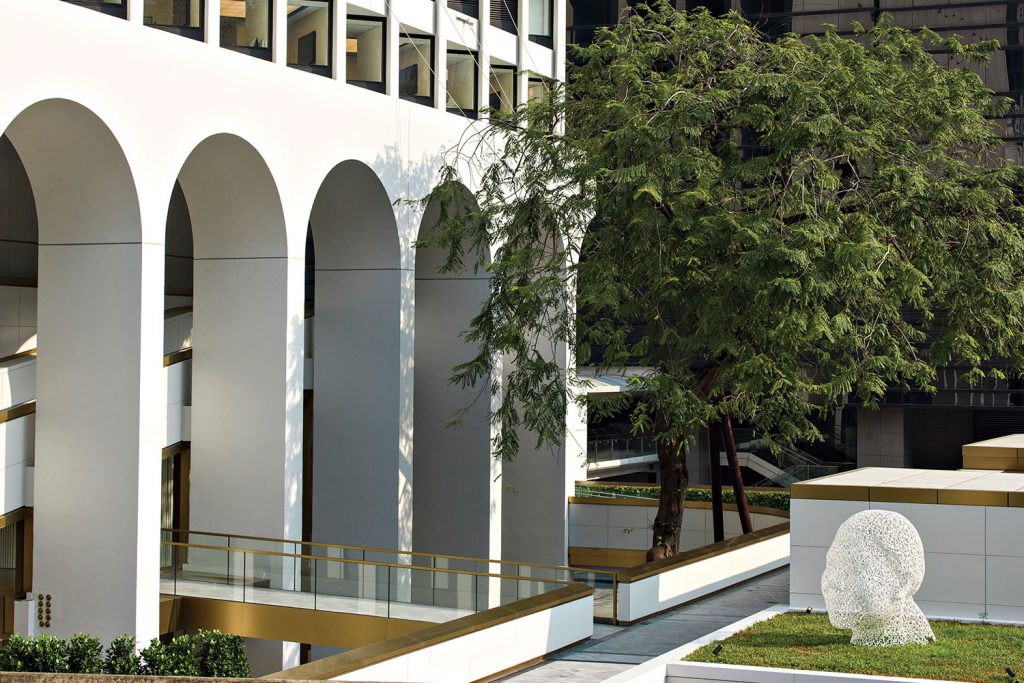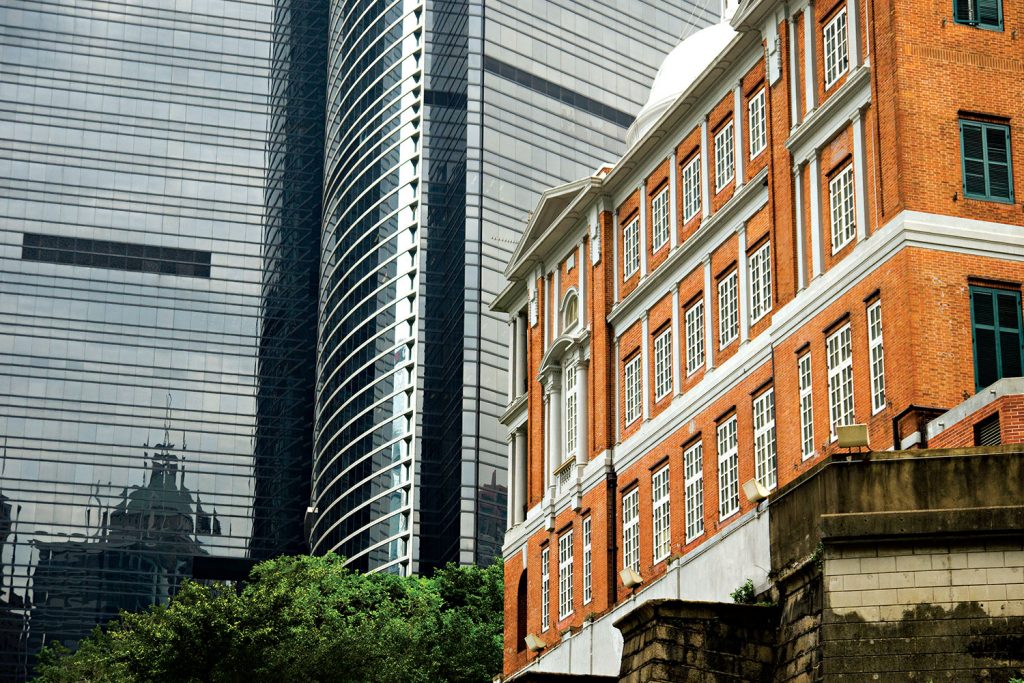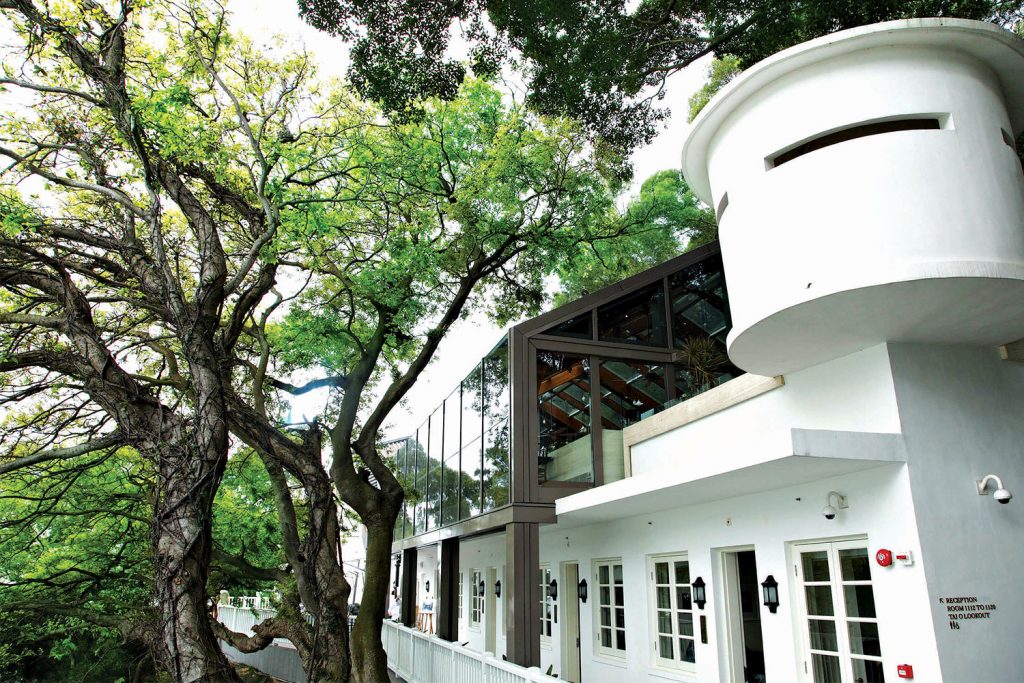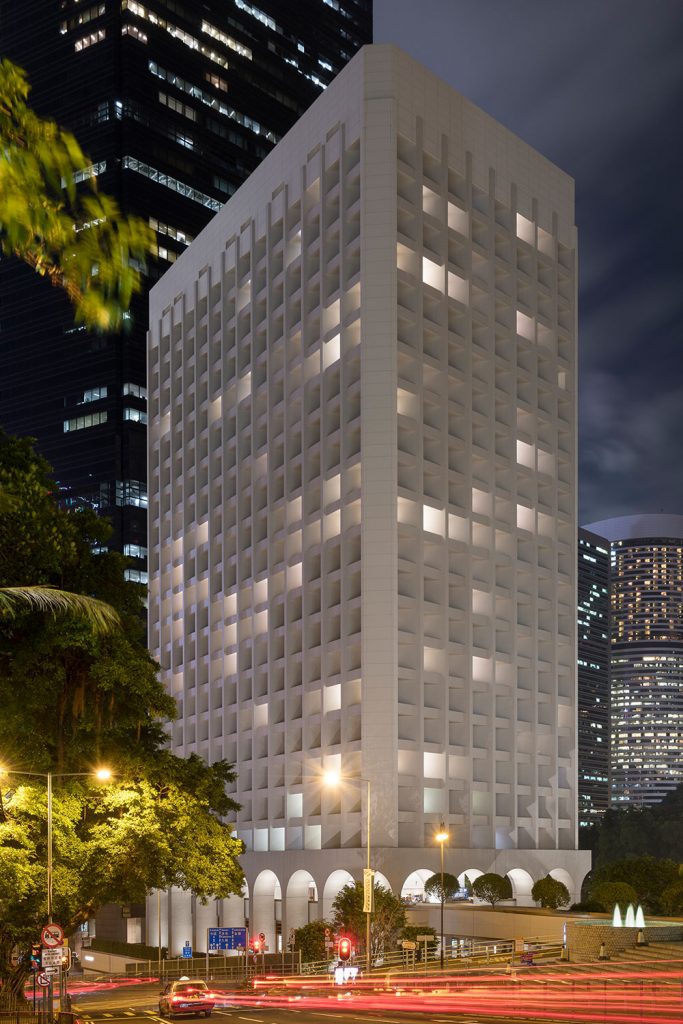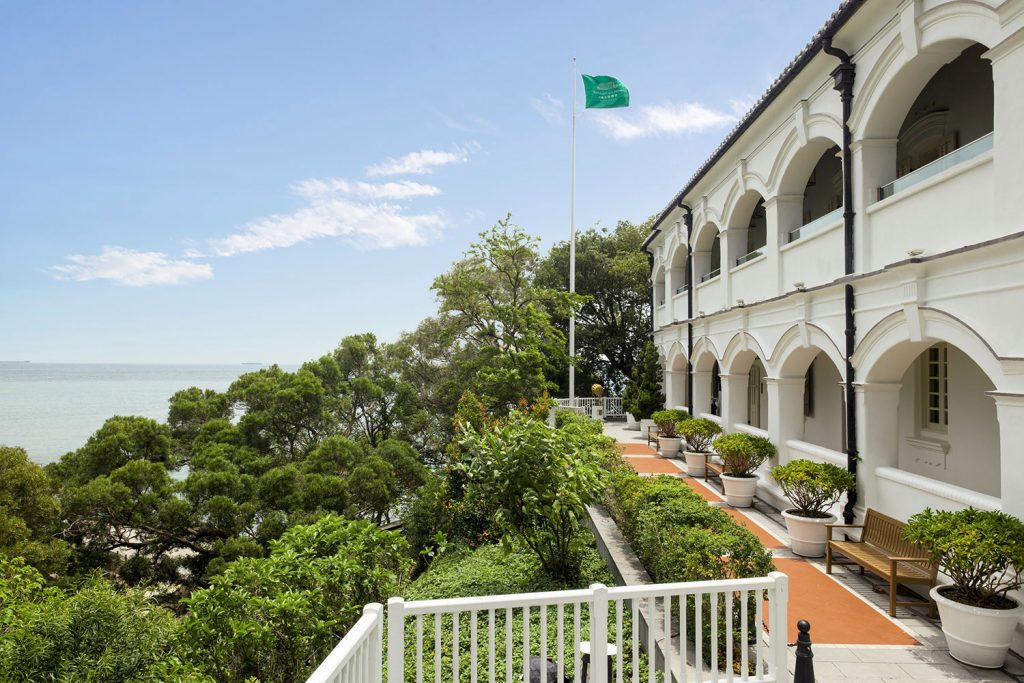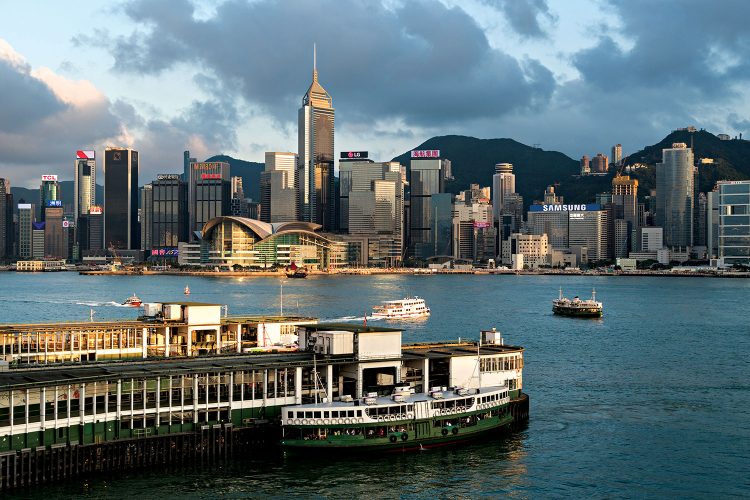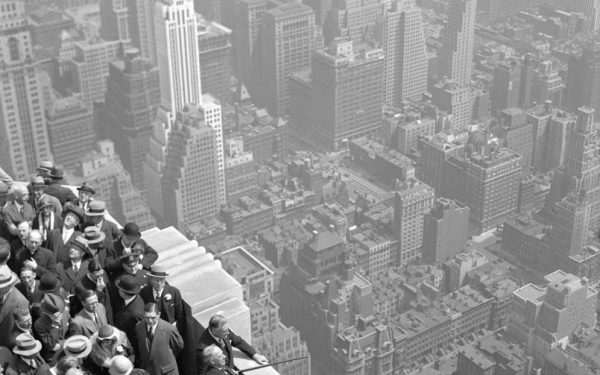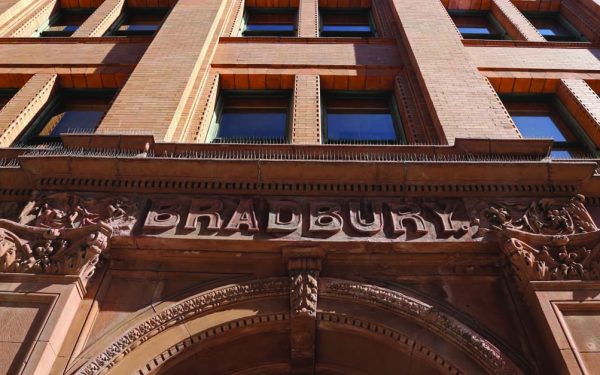Wooden ceiling fans whirr as guests on the verandah of Madame Fu’s Grand Cafe Chinois sip martinis and eat char siu on a steamy summer Hong Kong evening. Dripping in colonial glamour, this could easily be a scene from Love Is a Many Splendored Thing, the iconic 1955 film that so romantically depicted grand architecture of the then-British territory.
Today, most of those colonial landmarks are gone: bulldozed by the time the British handed Hong Kong back to China in July 1997. In the late 20th century, the city instead threw up glass skyscrapers in its rush to become a global centre of banking and commerce. “If you look at Hong Kong in the 1970s to 1990s,” says Hoyin Lee, co-founder and director of the Architectural Conservation Programme at Hong Kong University, “it was a third-world city, a developing economy. Under these circumstances, people were only concerned about basic survival, not preserving architectural heritage.”
Today, Hong Kong is one of the top 10 wealthiest cities in the world and architecturally, things are changing. The beautiful former police barracks that houses Madame Fu’s dates back to 1864 and is the centrepoint of Tai Kwun: the biggest heritage conservation project ever undertaken in Hong Kong, which features some of the earliest structures built under British colonial rule, and opened its doors to the public this spring.
Nestled in the neon nucleus of Central, this cluster of 16 heritage buildings, all built between 1864 and 1925, once served as the city’s Central Police Station, Central Magistracy and Victoria Prison, and their supporting facilities. It has taken the Hong Kong Jockey Club (HKJC), an NGO and one of the oldest institutions in Hong Kong, eight years and HK$3.8 billion (US$484 million) to reimagine this area as one of the most exciting new public spaces the city has seen for years. An arts and heritage hub, it will stage Shakespeare plays, provide storytelling spaces and present exhibitions by contemporary local artists, as well as house artisan shops and more hipster dining spots.
“If you look at all great cities around the world, they want creative industries to be in line with their economy,” says Lee, who was involved in developing the Tai Kwun project. “So in Hong Kong they are trying to jump start that because the city has really been pinned down by the property developers.”
Lee recalls the case of Ho Tung Gardens, an ornate Chinese renaissance mansion built in 1927 by Sir Robert Hotung, the first Chinese man allowed by the British to live on the Peak, the city’s version of Mayfair in London. That property could have developed into a tourist attraction, hotel or leisure facility. But in 2015 Hotung’s granddaughter sold the plot to a Chinese developer for a staggering HK$5.1 billion. “She took the money and ran,” says Lee.
While the Hong Kong Antiquities Advisory Board failed to save that building, regional competitors Shanghai and Singapore both long ago realised the importance of preserving their heritage buildings: the General Post Office in Singapore, which dates back to 1829, for example, has been transformed into the landmark five-star Fullerton Hotel. “The most iconic part of Shanghai is The Bund,” says Lee, “and every single building there is a heritage building.”
Public anger in Hong Kong mounted after a series of unsuccessful protests in 2006 failed to avert the demolition of the beloved old Star Ferry Pier, from where boats had been crossing the harbor from Hong Kong Island to Kowloon since 1888. The Star Ferry itself still runs from a new pier, and offers excellent views of one of the world’s best skylines.
The year after the old pier’s destruction, the government launched a scheme which ever since has been identifying historic public buildings to preserve and make available to the public.
The Tai O Heritage Hotel was in the first wave of projects. Known locally as “the Venice of Hong Kong,” Tai O is a fishing community on stilts, famous for its seafood restaurants and local Chinese pink dolphins, which tourists take boats out to see. The Tai O police station, from 1902, with its arched facade and panoramic views of the South China Sea, was made a Grade II listed building, restored and, in 2010, re-opened as a luxury boutique hotel with just nine rooms. Some of the shutters still carry bullet holes from bygone standoffs with local pirates.
Joanna Luk, communications manager of the hotel, says: “This is not a hotel project. We are the stewards of this historic site and we put our hearts into managing the hotel for the community.
“(Our aim was) not only to restore the historic site’s building fabric, but also to use it as a platform to celebrate the rich history of this former police station, and help to rejuvenate the historic Tai O fishing village.”
Since the hotel opened, similar projects have snowballed. In 2014, the old Police Married Headquarters reopened in Central, after a major restoration as a creative space for local fashion brands and artisans, known in this reincarnation simply as PMQ. While in 2011, developer Wharf Holdings bought the modernist-era Murray building in Admiralty for HK$4.4 billion. Located in the bullseye of the banking district, many expected the tower to be razed but instead plans were announced for a luxury heritage hotel designed by Foster + Partners. The property opened to great acclaim earlier this year, lauded for its respectful updating of the existing architecture.
Colin Ward, senior partner at Foster + Parners, says that Murray, having been built in the 1970s was not just an “iconic landmark” but also “a distinctive presence” on the skyline. It’s modernist “punched windows, brilliant white façade and majestic arches at ground level” were not the typical example of British colonial architecture. The building was, however, an early exemplar of sustainable design.” Those deep-set windows, he explains, were designed to shield rooms from the blistering subtropical sun. Ward’s team kept that aspect of the modernist facade, but updated other features of the distinctive tower less suited to 21st-century Hong Kong.
“A former government building, The Murray was designed at a time when the city was planned around the car,” says Ward. “Consequently, it stands on an island surrounded by roads, impenetrable to pedestrians.” His team “stitched it back to the landscape” using greenery and walkways.
But perhaps its most modern feature is that – like all good Hong Kong five-star hotels today – the Murray has a rooftop bar, Poppinjays. Sipping an Old Fashioned, admiring views of the rear side of the city’s famous skyline and the dramatic surrounding mountains, the feeling is of a bygone era with a thoroughly modern twist.
